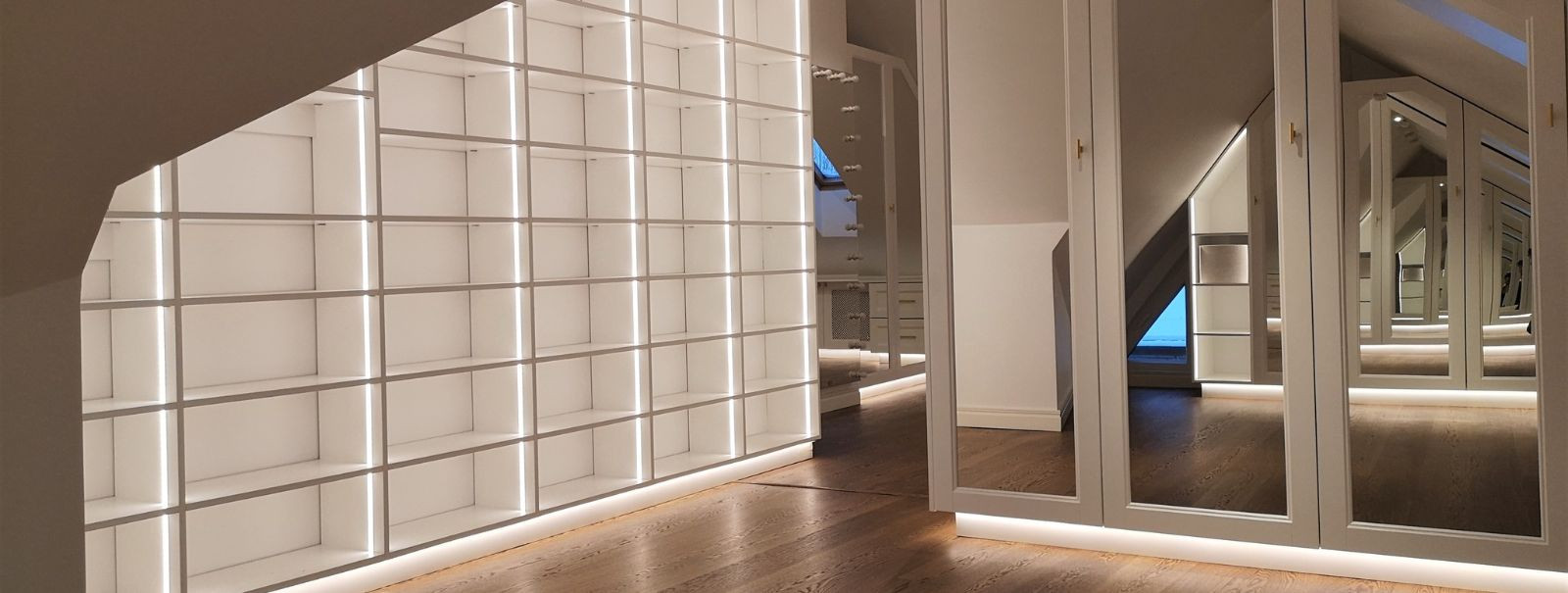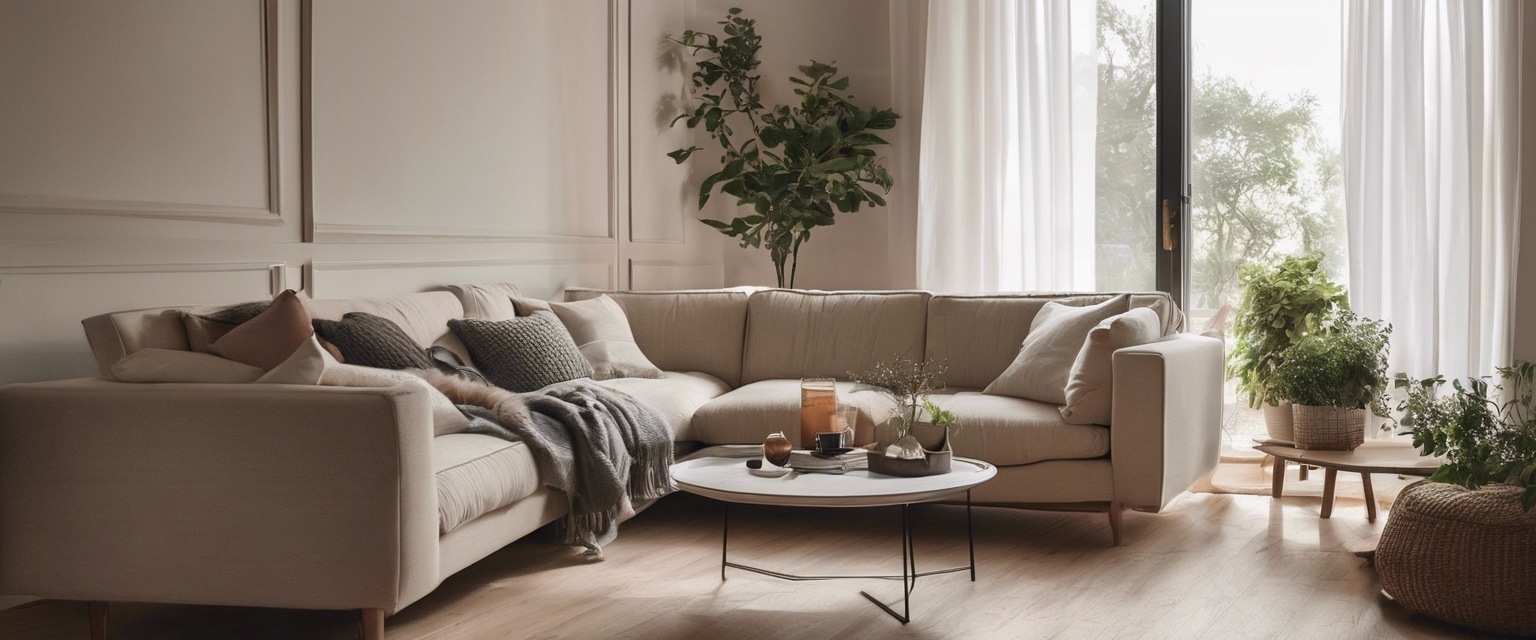How to choose the right materials for your furniture
Choosing the right materials for your furniture is a crucial step in creating a space that is not only functional but also aesthetically pleasing. The materials you select will influence the durability, maintenance, and overall look of your furniture. Whether you are furnishing a home or a commercial space, understanding the different types of materials available and their unique characteristics is essential.
Understanding Different Types of Furniture Materials
Wood is a classic choice for furniture due to its natural beauty and versatility. It comes in various types, such as hardwoods like oak, maple, and walnut, which are known for their strength and durability, and softwoods like pine and cedar, which are more affordable and easier to work with. Each type of wood has its own grain pattern and color, allowing for a wide range of design possibilities.
Metal furniture is prized for its strength and modern aesthetic. Common metals used in furniture include steel, aluminum, and iron. Metal can be shaped into sleek, contemporary designs or more traditional styles, and it often features in commercial settings due to its durability and low maintenance requirements.
Glass is often used in furniture to create a sense of openness and light. It is commonly used for tabletops and shelving. While glass can add a touch of elegance and sophistication, it requires careful maintenance to avoid scratches and smudges.
Upholstery fabrics are used in furniture to provide comfort and style. Options range from natural fibers like cotton and linen to synthetic materials like polyester and microfiber. Each fabric type offers different levels of durability, stain resistance, and texture, making it important to choose based on the intended use and desired look.
Composite materials, such as MDF (medium-density fiberboard) and plywood, are engineered from wood fibers and resins. They offer a cost-effective alternative to solid wood and are often used in modern furniture designs. These materials can be finished with veneers or laminates to mimic the appearance of natural wood.
Factors to Consider When Choosing Furniture Materials
Durability is a key factor, especially for furniture that will be used frequently. Consider the wear and tear the furniture will endure and choose materials that can withstand it. For example, hardwoods and metals are excellent choices for high-traffic areas.
The materials you choose should complement the overall design of your space. Consider the color, texture, and style of the materials to ensure they align with your aesthetic vision.
Different materials require different levels of maintenance. For instance, glass and metal may need regular cleaning to maintain their appearance, while certain woods may require periodic polishing or oiling.
Consider the sustainability of the materials you choose. Opt for materials that are sourced responsibly and have a minimal environmental impact. Reclaimed wood and recycled metals are excellent eco-friendly options.
Your budget will play a significant role in material selection. While solid wood and high-quality metals may be more expensive, composite materials and certain fabrics can offer a more budget-friendly alternative without sacrificing style.
Matching Materials to Your Space and Style
In residential settings, comfort and personal style are paramount. Choose materials that reflect your personal taste and lifestyle. For example, a cozy living room might benefit from plush upholstery, while a minimalist kitchen could feature sleek metal and glass elements.
For commercial spaces, durability and brand identity are key. Select materials that can withstand heavy use and align with your brand's aesthetic. Metal and composite materials are often favored for their robustness and modern appeal.






Comments (0)